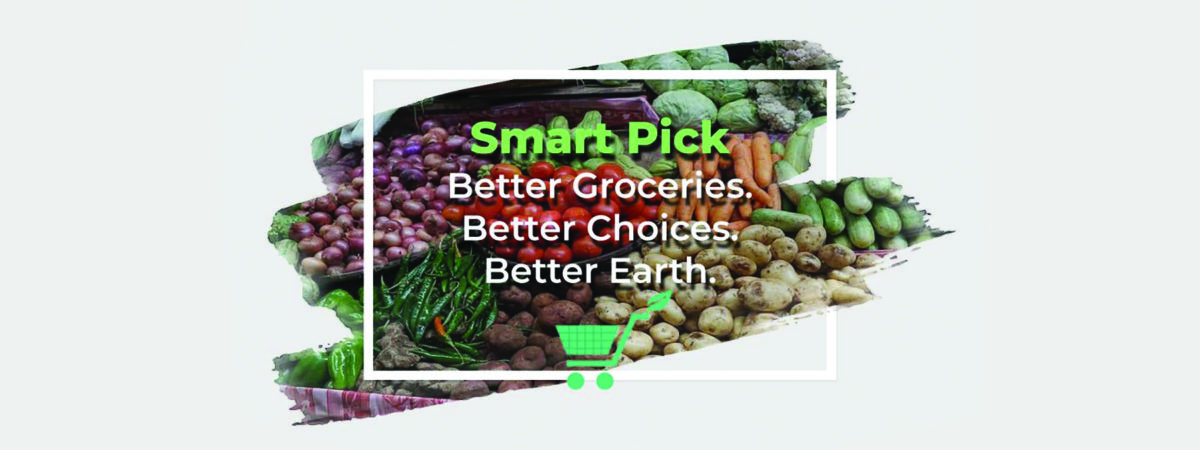
In 2021, Digital Promise and Ciena launched the Ciena Solutions Challenge, a global design challenge inviting middle and high school students to design solutions that address the U.N. Sustainable Development Goals within their communities. This blog post is the fifth in a series in which educators from around the world share their experiences facilitating the Ciena Solutions Challenge with students. Featured below are lessons from educator James Hausman III, who facilitated the Smart Pick and Reducing Masks student project teams at South Fayette High School in McDonald, PA.
“Not all those who wander are lost.”- J.R.R. Tolkien
Admittedly, the past two years have been a struggle for students, parents, teachers, anyone who has had to endure the many challenges of living in a pandemic. The emotional disconnect of teaching virtually while many students sat silent behind darkened screens sapped much of the joy of teaching young people. So, it was with great joy that I anticipated coming back to school in-person this year. As the STEAM advisor for our high school, I enjoy guiding students on their invention journeys and building strong relationships with these youth throughout their high school years. While I hope we never have to educate in crisis mode again, teaching during the pandemic taught me a lot about surrendering control and giving students the freedom to explore and shape their own learning.
“Teaching during the pandemic taught me a lot about surrendering control and giving students the freedom to explore and shape their own learning.”
A little more than a week into September 2021, I received an email from our director of innovation and technology informing me about a new global design challenge from Digital Promise and Ciena inviting secondary students from around the world to design solutions to problems addressed by the United Nations’ Sustainable Development Goals and the needs of people in their own local communities. It did not take long to convince me that this project was worthwhile. I expected the project to re-energize me and reinvigorate my love of teaching and learning, and I excitedly shared the project news with my STEAM students. Unfortunately, my students, also frayed and burnt out from the stressors of learning during the pandemic, did not seem as keen as I was on beginning this challenge journey.
After the typical team-building exercises, focus activities, and presentations of the different projects available to them, my students were still dragging their feet. I needed to find a way to engage these young people and show them that there were numerous challenges that they could care about and work passionately to solve, but my message was not translating.
One Thursday afternoon, I heard several students heatedly discussing the amount of food that their peers wasted every lunch in our cafeteria. When I tried to follow up that conversation with several prompts about how we might tackle the problem, the group mumbled a few yeahs, maybe, and moved on. Later that night, as my wife and I were watching television, we came across programming on WQED Pittsburgh talking about the issue of food waste. I was hooked, but I needed to find a way to help my students see the importance of the issue. I spent much of the following weekend racking my brain for any strategy in the toolbox I have accumulated over my 20+ years of teaching but nothing came to me.
That Sunday afternoon, I was playing around on my phone, doom scrolling through Twitter, when on a whim I typed in #FoodWaste in the search bar. Instantly, my feed was populated with articles, images, and links to food waste issues all over the world. After a few moments of scrolling through the veritable treasure trove of information I had just serendipitously discovered, I knew how I would hook my students.

Screenshot of #FoodWaste on Twitter.
Our next STEAM meeting was eventful. After bringing the group to order, I explained that I knew they were frustrated with trying to come up with an idea, and I further articulated that I did not want to give an idea to them. I asked the students to try something new. We took out our idea boards and reviewed the many possible topics we had already considered, but I told the group that I wanted them to take an idea that they loved personally and do a hashtag search on Twitter about that topic. Yes, there were a few groans. Twitter, after all, is not where most teens spend their time, but the spontaneous conversations that followed those first few frenetic moments were intense and passionate!
The students were excited to investigate the issues that mattered to them. Not surprisingly, the group that had discussed food waste a few days earlier began throwing out ideas left and right—and that moment sealed it for me. At that moment, I surrendered control and let the students wander. They found what mattered to them, and while we didn’t next few months mapped and plotted in that instant, we did learn that it is a fine thing to lose oneself in the joy of discovery.

Screenshot of slide from SmartPick Portfolio deck.